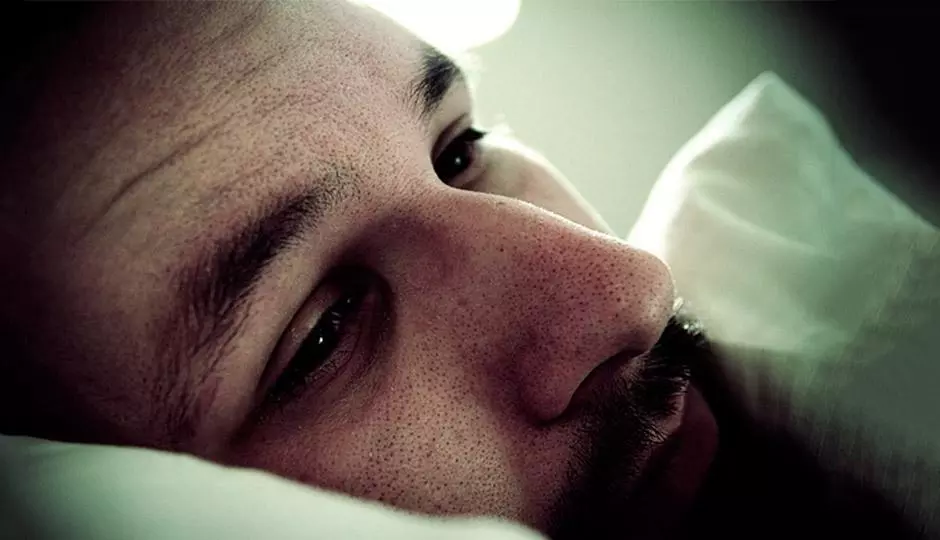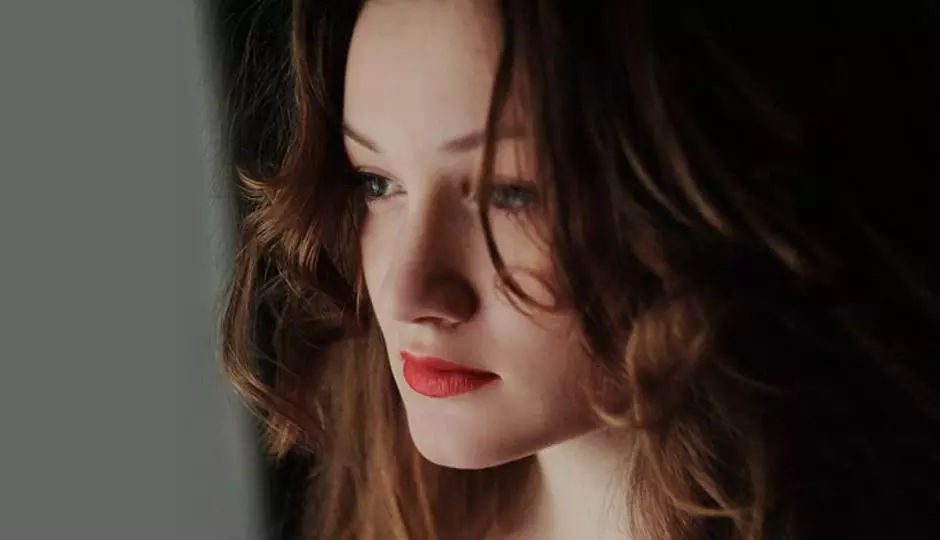Trichotillomania is a hair pulling disorder or compulsive hair pulling that is commonly classified as an obsessive-compulsive related body focused repetitive condition. People suffering from this condition have an uncontrollable urge to pluck hairs from their eyelashes, scalp, eyebrows, pubic region, or other body parts to the point where bald spots appear.
Sometimes the symptoms experienced by trichotillomania sufferers are mild, but for others the urge to pick and pluck can be both debilitating and uncontrollable. The urges can vary in severity. Although many people with trichotillomania find the condition both challenging and unpleasant, they can usually lead a normal, productive life. Celebrities such as Justin Timberlake, Katy Perry, Megan Fox, Charlize Theron, Olivia Munn and Victoria Beckham all have revealed that they have trichotillomania. When it comes to this disorder, there is no one fix all treatment, however the following are some of the most common treatments available.
Cognitive Behavioral Therapy
Cognitive Behavioral Therapy is a specific type of psychotherapy used to help treat issues ranging from anxiety and depression to addictions and self-injurious behaviors such as trichotillomania. The goal of cognitive behavioral therapy is to increase the awareness of the patient and helping them understand the thoughts and feelings that are responsible for the negative behavior. Patients undergoing this therapy learn to look for what exactly triggers the urge to pull hair. These triggers vary from patient to patient and may include dealing with certain situations, people, places or emotions. Coping mechanisms, like alternative behaviors to triggers, are practiced to help fight habitual urges. Examples include the use of fidget toys, painting fingernails, or writing in a journal instead of pulling hair. The effectiveness of any given alternate behavior will change with each patient. The whole idea of cognitive behavioral therapy, after all, is to mindfully replace hair pulling with another habit in hopes that the alternative will become more of a habit.
Using Medication
Medication can be used alone or even in conjunction with cognitive behavioral therapy to help lessen the urge trichotillomania suffers have to pull hair.
Clomipramine (using the brand name Anafranil) was used in a study and was shown to significantly reduce hair pulling in some trichotillomania patients. Clomipramine affects the neurotransmitters in the brain serotonin and norepinephrine, acting as both an antidepressant and an anti-obsessional medication. The downside to this medication is that it does have potential to cause serious side effects, and can have dangerous interactions with other drugs. Due to this fact, clomipramine isn’t for everyone.
The medications Luvox, Paxil and Zoloft are all selective serotonin reuptake inhibitors (or SSRIs) and are approved for treatment of obsessive compulsive disorder (OCD) and depression by the Food and Drug Administration. These SSRIs have been effective in treating patients such as those who suffer from trichotillomania combined with depression, anxiety or other forms of OCD and tend to be tolerated well overall by most people.
The lithium and dopamine blocking neuroleptics like Zuprexa and Risperdal, or even the alcohol and opiate dependence drug naltrexone (using the brand name Revia) have been effectively used in treating trichotillomania.
Support Groups
It is common for individuals suffering with trichotillomania to feel ashamed or even alone. Support groups, whether online or in person, can help boost the individual’s self-esteem and give them an opportunity to talk and learn from others who are also suffering or have been in that position. Useful knowledge such as advice on how to keep symptoms at bay is something that could be gained from attending one of these meetings, and the group members themselves are there to support each other through the tough experience.
Relaxation Training
The link between hair pulling and anxiety is significant. Actions such as yoga, meditation, deep breathing and hypnosis can help alleviate stress and relax.
There’s no question that trichotillomania can be difficult to live with, but support and therapy can help. Celebrities suffering from this condition are a living example of how trichotillomania doesn’t have to stop someone from living their life to the fullest.
Hair Replacement for Trichotillomania Sufferers
We have worked with many individuals that suffer from Trichotillomania and a lot of times they request a hair replacement option that will help conceal their bald spots on their scalp. Transitions of Wisconsin can help find the right solution by offering many options that can match anyone’s lifestyle. Feel free to contact one of our studios today for a free visit. Contact us by clicking here.


